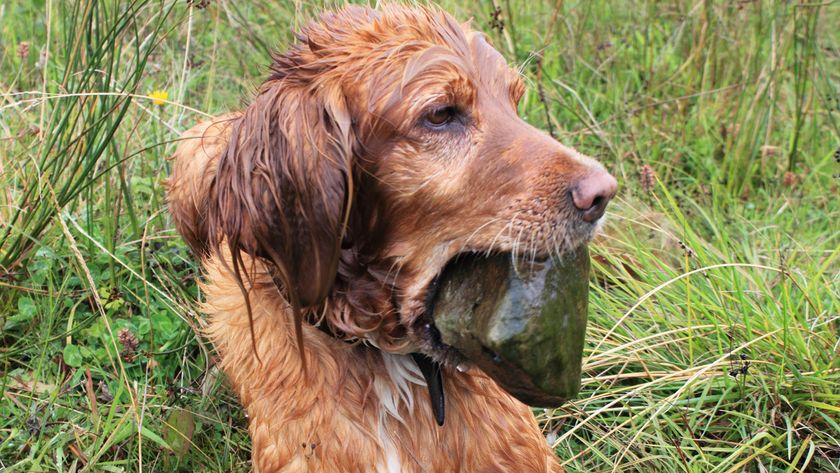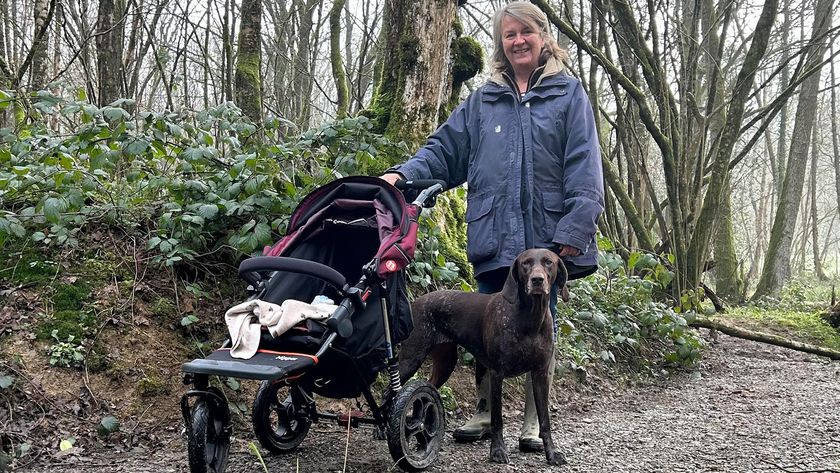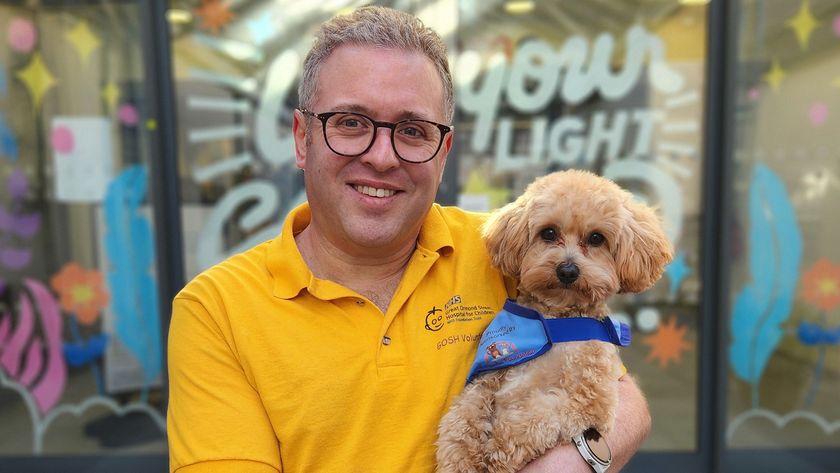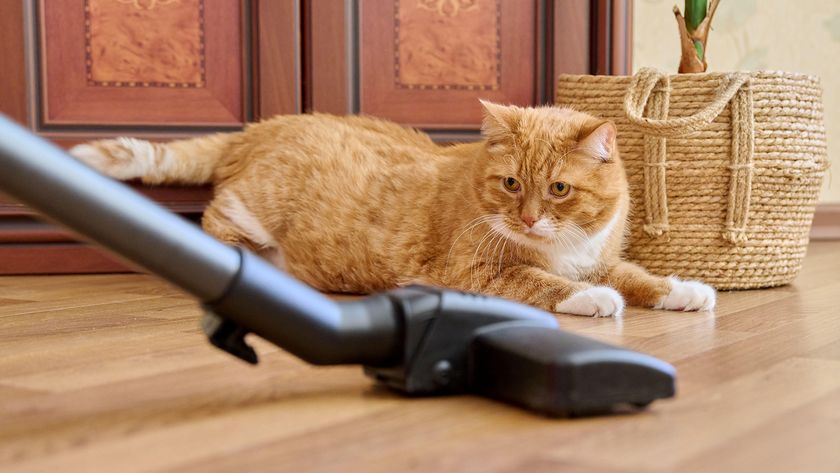Improve communication with your dog and master the 'stay' command with one simple tip from a canine trainer
Teaching a dog the 'stay' command is no easy feat but it might be made easier if you avoid this common training mistake
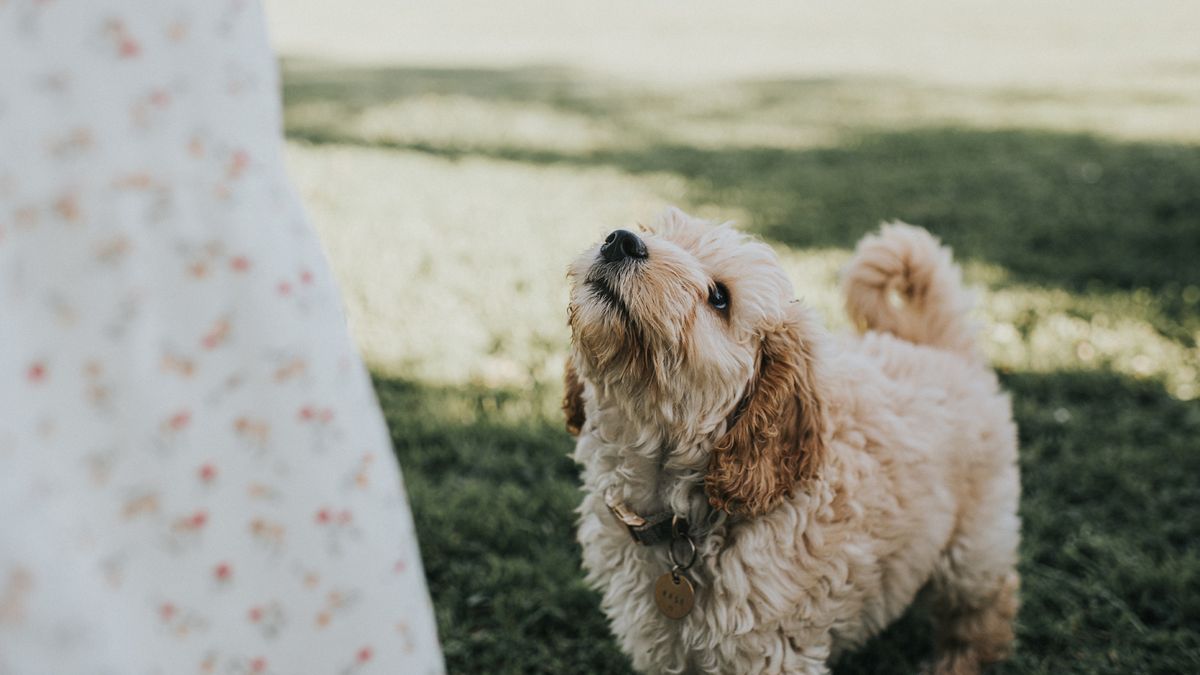
It's tempting to jump the gun when teaching your dog new tricks. It's also easy to compare yourself to other dog owners and what tricks and commands they can get their dog to do, but this won't help. Sometimes it just takes going back to the basics of learning a command with your dog that helps. The stay command is a great one to begin with.
If the only way you can get your dog to stay still in one position for a prolonged period is by handing them one of the longest lasting dog chews to stick their teeth into then you might want to tune into what Kait, a trainer at Kane9 Dog Training has to say about the stay command.
One of the most common mistakes that Kait witnesses dog owners do is, "Putting your dog in a stationary command, turning your back to them and walking away and hoping that they are going to stay." If your dog can no longer see your face, how can you expect them to understand if they are following the command correctly?
In an Instagram video which is shared below, Kait demonstrates teaching the command the less effective way, turning her back on her dog after asking it to stay and then she shows how to get better results by keeping her attention on her pup as she steps back.
A post shared by Kait | Dog & Human Coach (@kane9dogtraining)
A photo posted by on
Kait's solution to improving a dog's reception to the stay command is pretty simple but one that will still take practice. "Instead, I want you to put them in that stationary command, and keep your eyes on them so you're ready to give them information if they do make a mistake," she instructs.
She explains that in the early stages of strengthening a dog's stationary command it's crucial that you keep your eye on them. This way, you can communicate with your dog what you are looking for and correct them if they do make a mistake. "They need you to provide clear feedback," she notes.
Once you see success with this format you can definitely start to make it more challenging. Kait's last piece of advice for working on improving the stationary command is all to do with timing. "Timing is important when working with your dog so try not to miss those moments of providing clear information!".
PetsRadar Newsletter
Get the best advice, tips and top tech for your beloved Pets
Got more canine concerns? Find out the answers and helpful solutions to important questions like why does my dog eat fast? or how to deal with a badly behaved dog.

With over a year of writing for PetsRadar, Jessica is a seasoned pet writer. She joined the team after writing for the sister site, Fit&Well for a year. Growing up with a lively rescue lurcher kindled her love for animal behavior and care. Jessica holds a journalism degree from Cardiff University and has authored articles for renowned publications, including LiveScience, Runner's World, The Evening Express, and Tom's Guide. Throughout her career in journalism she has forged connections with experts in the field, like behaviorists, trainers, and vets. Through her writing, Jessica aims to empower pet owners with accurate information to enhance their furry companions' lives.

